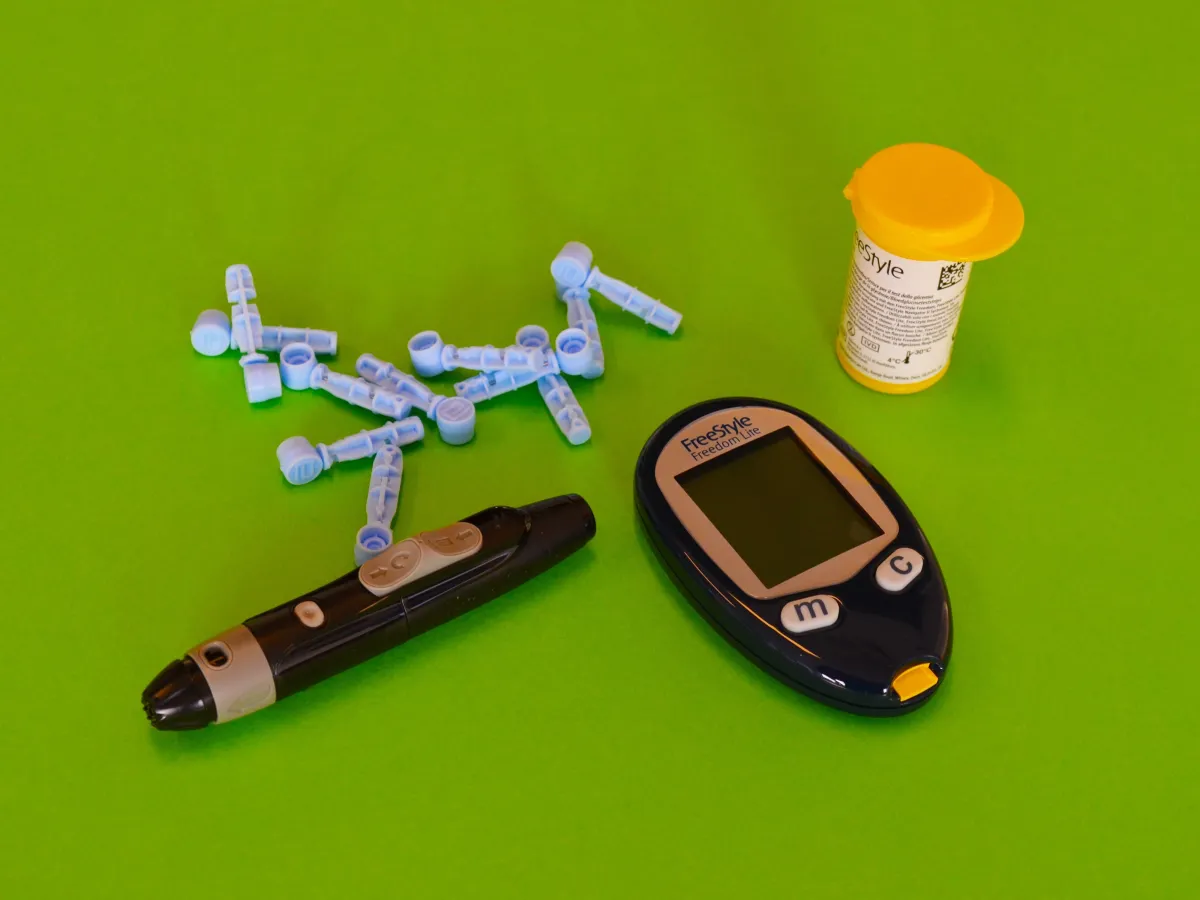
Optimal Blood Sugar Limits: Understanding Post-Meal Numbers and Vascular Damage
Blood sugar is the amount of glucose in your blood. Glucose is a type of sugar that your body uses for energy. When you eat, your body breaks down carbohydrates into glucose. Glucose then enters your bloodstream and is transported to your cells.
Maintaining optimal blood sugar levels is crucial for overall health, especially for individuals with diabetes. Fluctuations in blood sugar, particularly after meals, can impact long-term health outcomes and contribute to the development of complications. This article will explore the ideal blood sugar limits after meals, the acceptable increase in levels, the time required for levels to decrease, and the threshold at which damage can occur in blood vessels, particularly in the eyes.
Ideal Blood Sugar Levels After Meals
After a meal, blood sugar levels naturally rise due to the digestion and absorption of carbohydrates. However, maintaining these levels within a healthy range is essential for preventing complications. The American Diabetes Association (ADA) recommends the following blood sugar targets for adults with diabetes:
Pre-meal blood sugar: 80-130 mg/dL (4.4-7.2 mmol/L)
Post-meal blood sugar: <180 mg/dL (<10.0 mmol/L)
Optimal Blood Sugar Levels
The following are the normal blood sugar levels after meals:
2 hours after a meal: 90 to 130 mg/dL (5.0 to 7.2 mmol/L)
3 hours after a meal: 70 to 100 mg/dL (3.9 to 5.6 mmol/L)
Increase in Blood Sugar Levels After Meals
After consuming a meal, blood sugar levels typically reach their peak within one to two hours. In healthy individuals without diabetes, the increase is relatively modest and returns to pre-meal levels within a few hours. However, for individuals with diabetes, the acceptable increase in blood sugar levels may vary depending on their specific treatment plan and individual circumstances.
According to the ADA, the target post-meal blood sugar level for individuals with diabetes should be less than 180 mg/dL (<10.0 mmol/L). However, some studies suggest that a more conservative target of <140 mg/dL (<7.8 mmol/L) after meals may offer additional benefits, particularly in terms of reducing the risk of cardiovascular disease and microvascular complications.
How long does it take for blood sugar levels to decrease after meals?
It takes about 2 hours for your blood sugar levels to return to normal after meals. However, some people may see their blood sugar levels return to normal more quickly or more slowly. The time required for blood sugar levels to return to pre-meal levels varies depending on multiple factors, including the individual's insulin sensitivity, type of diabetes, the composition of the meal, and physical activity. In general, it may take around two to four hours for blood sugar levels to decrease after a meal, assuming no additional intake of carbohydrates.
For individuals with diabetes, actively managing blood sugar levels through medication, lifestyle modifications, and regular physical activity can help expedite the process of reducing post-meal blood sugar levels.
At what levels does damage occur in blood vessels?
Damage to blood vessels can occur when blood sugar levels are consistently high. The higher your blood sugar levels, the greater the risk of damage.
Damage to blood vessels can lead to a number of health problems, including:
Heart disease
Stroke
Blindness
Kidney disease
Damage to Blood Vessels and Eyes
Consistently high blood sugar levels, both fasting and post-meal, can lead to long-term complications, including damage to blood vessels (microvascular and macrovascular complications). The eyes, in particular, are susceptible to damage, which can result in diabetic retinopathy, a leading cause of vision loss and blindness.
Research published in medical and scientific journals has shown that the risk of microvascular complications, such as diabetic retinopathy, increases significantly when blood sugar levels are poorly controlled over time. The landmark Diabetes Control and Complications Trial (DCCT) and its follow-up study, the Epidemiology of Diabetes Interventions and Complications (EDIC), demonstrated that maintaining tight control over blood sugar levels can significantly reduce the risk of complications in both type 1 and type 2 diabetes.
Conclusion
Maintaining optimal blood sugar levels, particularly after meals, is vital especially for individuals with diabetes to prevent long-term complications. The ADA recommends a post-meal blood sugar target of less than 180 mg/dL (<10.0 mmol/L), but some studies suggest that aiming for levels below 140 mg/dL (<7.8 mmol/L) may offer additional benefits. Blood sugar levels usually peak within one to two hours after a meal and can take two to four hours to decrease, depending on various factors.
In general, your blood sugar levels should not rise more than 30 to 50 mg/dL after meals.
Keeping your blood sugar levels within the target range is important for your health. If you have diabetes, work with your doctor to develop a blood sugar management plan that is right for you.
References:
American Diabetes Association. Standards of Medical Care in Diabetes—2021. Diabetes Care. 2021;44(Supplement 1):S1-S232.
Ceriello A, et al. Postprandial glucose regulation and diabetic complications. Arch Intern Med. 2004;164(19):2090-2095.
Zoungas S, et al. Follow-up of Blood-Pressure Lowering and Glucose Control in Type 2 Diabetes. N Engl J Med. 2014;371(15):1392-1406.
The Diabetes Control and Complications Trial Research Group. The effect of intensive treatment of diabetes on the development and progression of long-term complications in insulin-dependent diabetes mellitus. N Engl J Med. 1993;329(14):977-986.
American Diabetes Association: https://www.diabetes.org/
Centers for Disease Control and Prevention: https://www.cdc.gov/diabetes/managing/manage-blood-sugar.html
Mayo Clinic: https://www.mayoclinic.org/diseases-conditions/diabetes/diagnosis-treatment/drc-20371451

© 2023 Sankofa Healing and Enrichment, Inc. - All Rights Reserved,
(850) 273-8786
